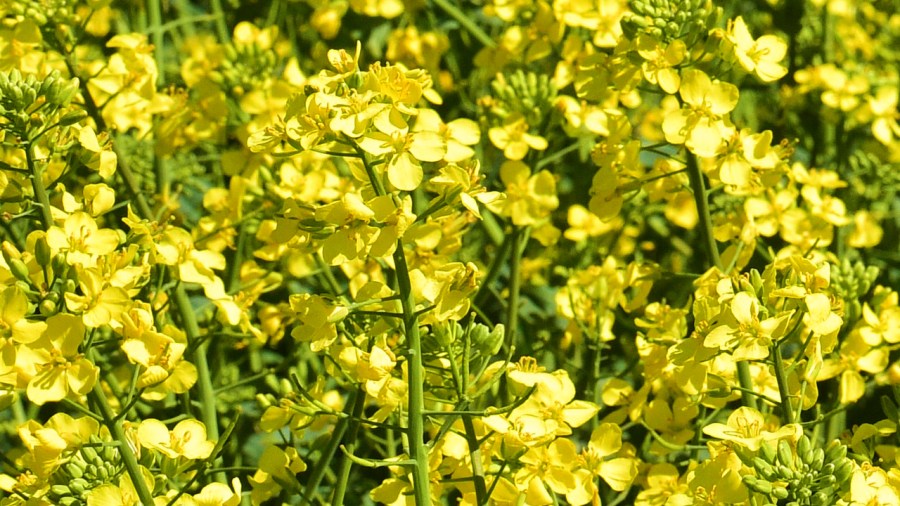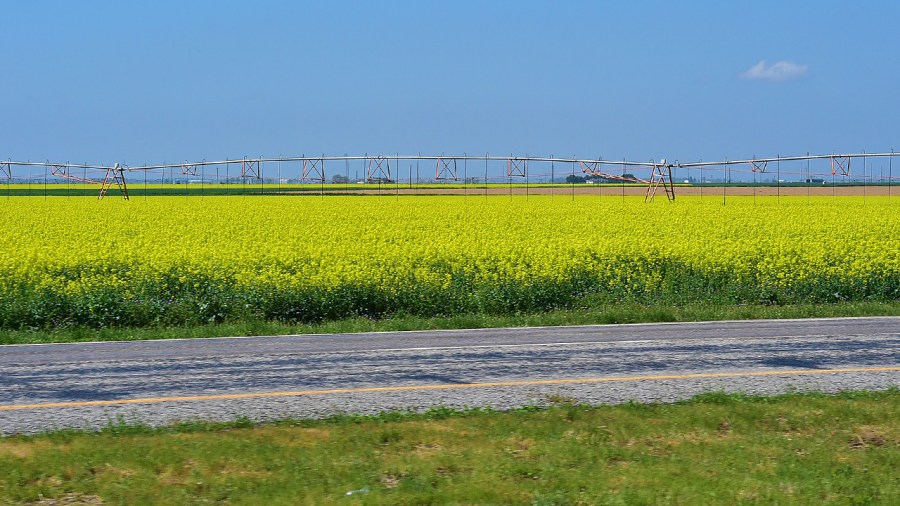MULESHOE, Texas — With grocery store shelves lined with various cooking oils, it’s difficult to know which will be best for your family.
New research shows the popular pantry staple canola oil — made from the seeds of canola plants — and olive oil may be one of the keys to a heart-healthy diet.

The U.S. Food and Drug Administration recently gave canola oil its Heart-Check stamp of approval for its potential to reduce the risk of heart disease when used in place of saturated fat.
So, what’s all that yellow flowery stuff in the fields of Lariat, Texas (between Muleshoe and Farwell)? That’s Canola.
Here are 10 facts you might not know about canola oil.
- — Canola is a contraction of “Canadian” (can) and “ola” (oil).
- — After flowering, canola plants produce seed-filled pods, which are about 45 percent oil.
- — Canola comes from the same genus as rapeseed, but it is not the same plant. Canadian scientists developed canola through careful breeding to remove erucic acid and glucosinolates — two of rapeseed’s most undesirable characteristics.
- — Canola oil has the least saturated fats and the most plant-based omega-3 fats among all common cooking oils.
- — One serving provides vitamin E, which helps protect mucus membranes and skin from harmful oxygen-free radicals.
- — Recent research suggests canola oil can help decrease abdominal fat, which may also improve metabolic syndrome, a cluster of conditions that increase the risk of heart disease, stroke and diabetes.
- — Canola oil doesn’t solidify in the fridge, so marinades and salad dressings will remain free-flowing.
- — Canola oil lasts up to one year when stored away from heat and light.
- — Canola oil’s high smoke point (450 degrees) helps prevent smelling up your kitchen when frying foods.
- — Bees love canola: The yellow flowers of the canola plant are an ideal habitat and food source for honeybees.


















